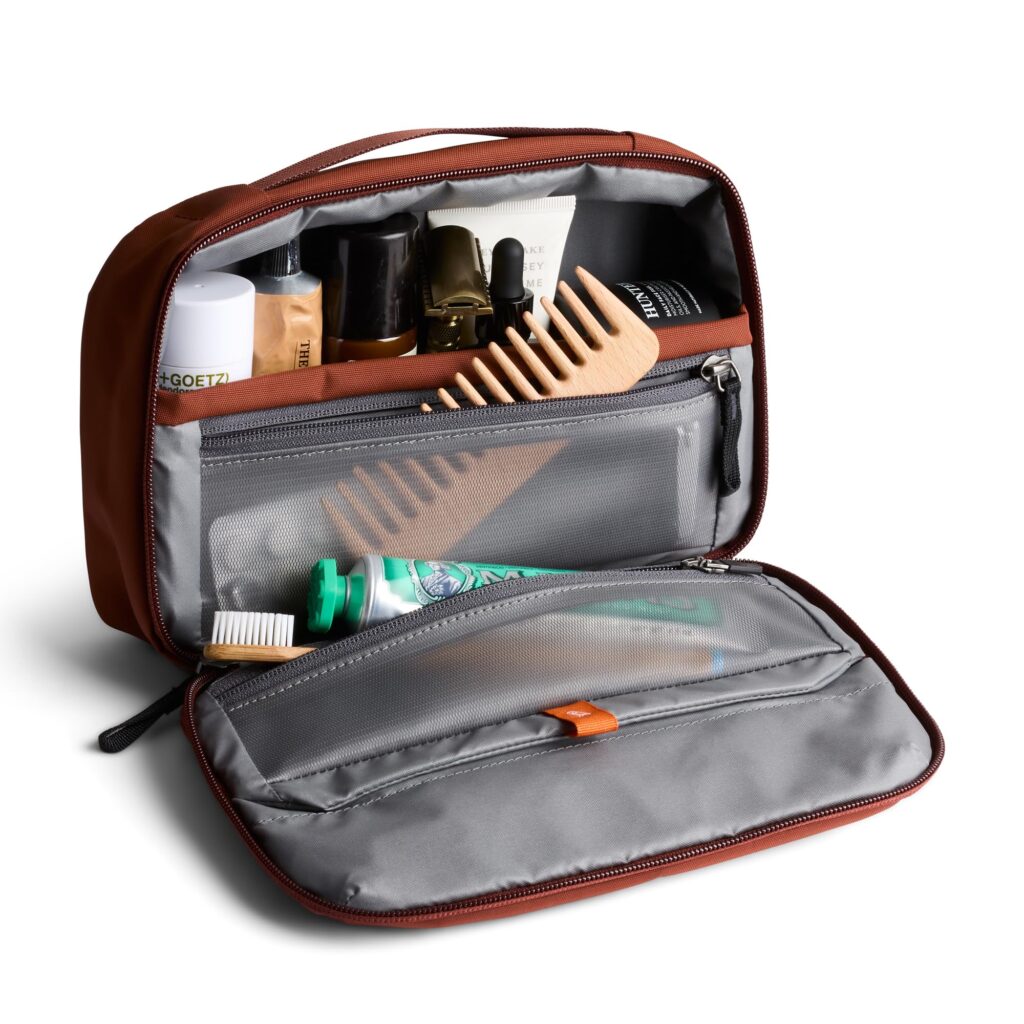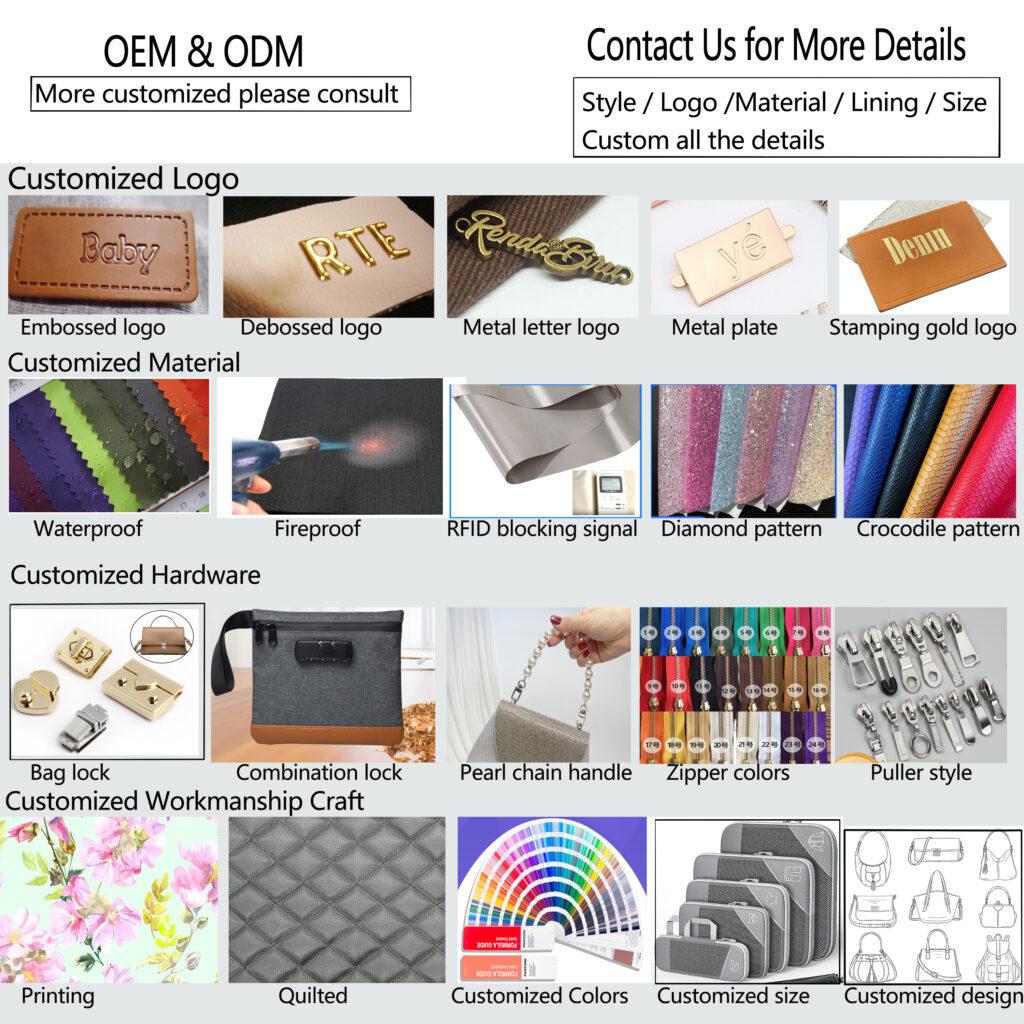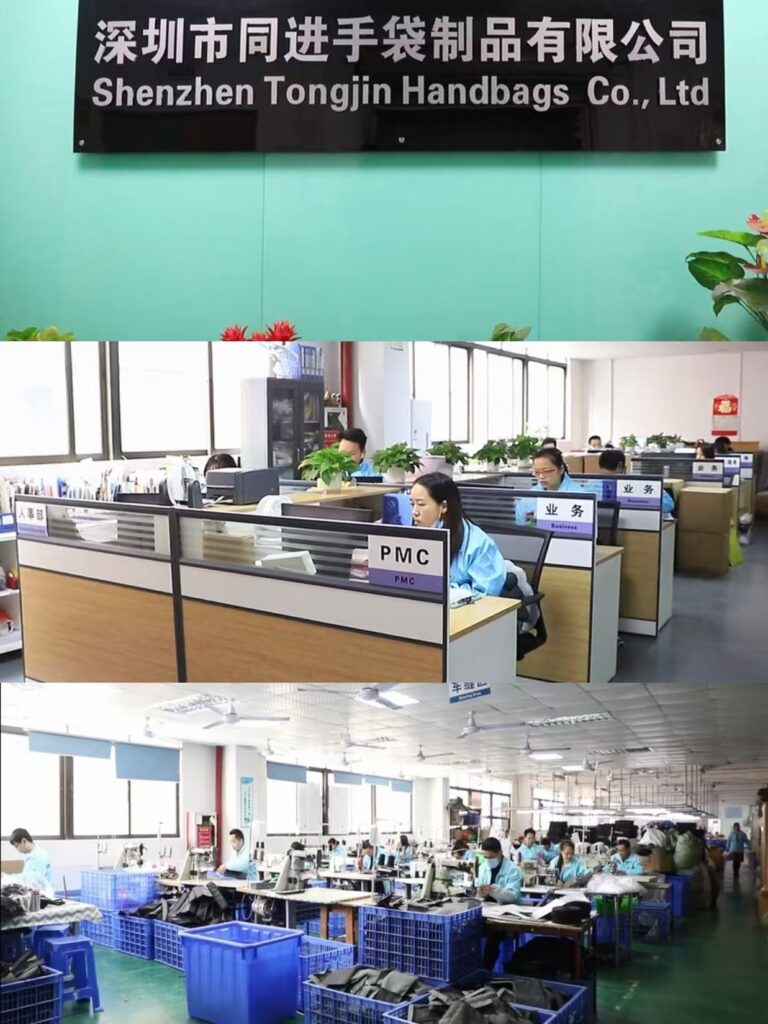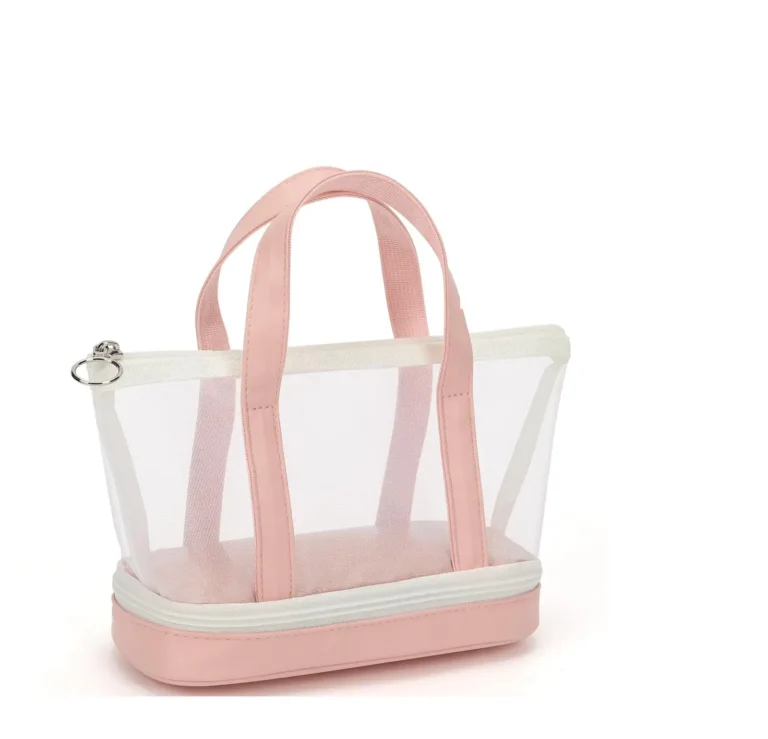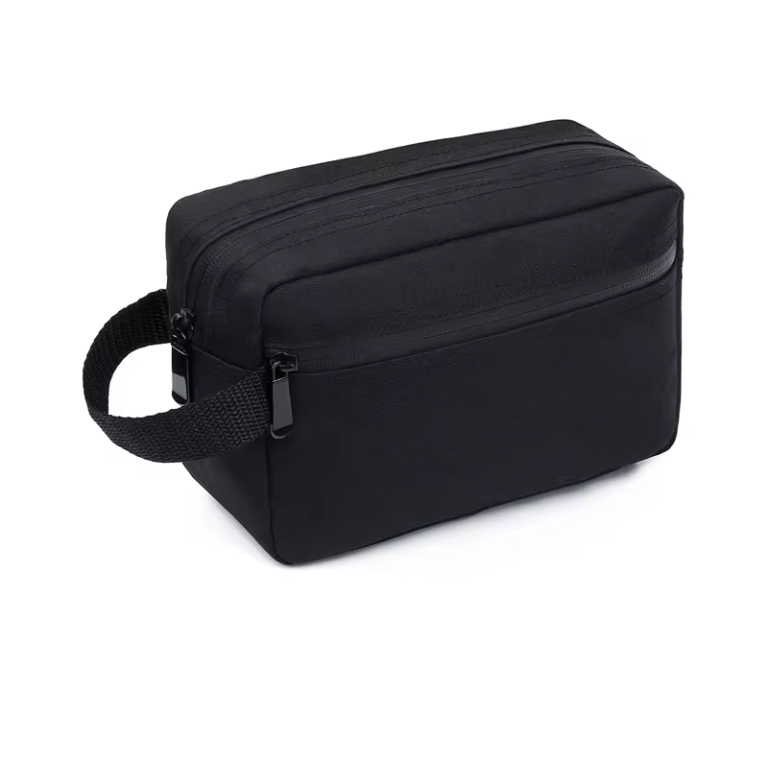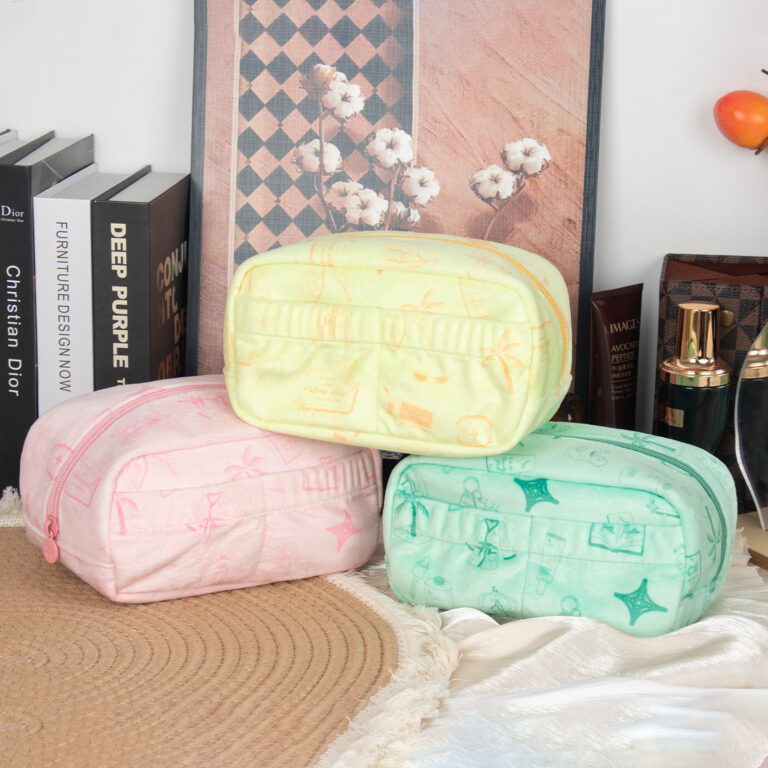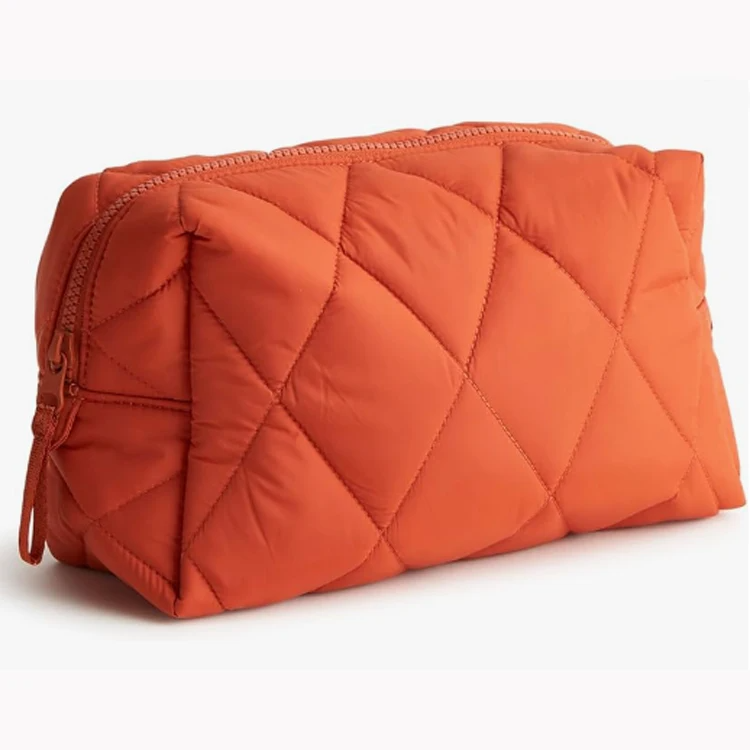Small Makeup Case: Revolutionizing Beauty On-The-Go with Low-Carbon Production
In an era where sustainability meets style, the small makeup case has emerged as a symbol of eco-conscious beauty innovation. As consumers increasingly prioritize portability and environmental responsibility, brands are reimagining these compact accessories through low-carbon production practices, ensuring every touch-up aligns with global climate goals. This article explores how small makeup cases are transforming the beauty industry, blending functionality with ethical design to meet the demands of modern, eco-aware consumers.
The Rise of Low-Carbon Small Makeup Cases
The beauty industry’s environmental impact—generating 120 billion units of packaging annually and contributing 10% of global plastic waste—has spurred a shift toward sustainable solutions . Small makeup cases, traditionally overlooked in sustainability conversations, now lead the charge with:
- Circular Material Innovation:
- Recycled Ocean Plastics: Brands like Rae Cosmetic Bags convert 1.2 million discarded PET bottles into lightweight, water-resistant cases annually, diverting waste from landfills .
- Mushroom Leather: Mycelium-based materials (e.g., Ecovative Design) decompose naturally, reducing CO2 emissions by 28% compared to traditional leather .
- Organic Cotton: GOTS-certified cotton uses 91% less water than conventional farming, aligning with water stewardship goals .
- Energy-Efficient Manufacturing:
Factories powered by solar/wind energy and water-recycling systems cut operational carbon footprints by 40–60% . - Certifications for Transparency:
OEKO-TEX®-certified cases (e.g., Target’s travel pouches) ensure chemical safety, while GOTS labels guarantee ethical sourcing .
Why Small Makeup Cases Matter for Sustainability
1. Environmental Impact Reduction
- Carbon Footprint: A single recycled nylon case saves 3 kg of CO2 compared to virgin plastic alternatives .
- Waste Prevention: Brands like Patagonia Provisions upcycle coffee sacks into durable cases, eliminating 100% of waste .
- Water Conservation: Organic cotton farming conserves 2,700 liters of water per kilogram of material .
2. Healthier Choices for Consumers
- Toxin-Free Materials: OEKO-TEX®-certified cases (e.g., Kiehl’s travel kits) exclude harmful chemicals like formaldehyde, ideal for sensitive skin .
- Biodegradable Options: Jute and bamboo cases decompose within 6 months, reducing microplastic pollution .
3. Market Demand and Economic Viability
A 2025 survey reveals 67% of beauty shoppers prioritize sustainability, driving brands like Daiso to launch affordable, biodegradable cases . Companies with strong ESG performance outperform peers by 10% in revenue growth .
Innovations in Low-Carbon Small Makeup Cases
1. Smart Design for Circularity
- Modular Systems: Minis 4 Me’s customizable cases feature magnetic pans and spring-loaded tubes, extending product lifespan .
- Foldable Structures: Lush’s compostable jute pouches collapse to 10% of their size, reducing shipping emissions .
2. Advanced Materials
- Regenerated Nylon: Econyl® (used by Prada) transforms fishing nets into infinitely recyclable fabrics, cutting CO2 emissions by 80% .
- Cork Leather: Tiradia Cork’s waterproof cases are renewable and biodegradable, supporting Portuguese cork forests .
3. Carbon-Neutral Packaging
- Compostable Wrappers: EcoPackables’ sugarcane-based mailers decompose in home compost bins .
- Minimalist Kits: Glossier’s travel cases reduce packaging by 20%, slashing CO2 emissions .
How to Choose a Sustainable Small Makeup Case
When shopping, prioritize:
- Material Transparency: Look for GOTS, OEKO-TEX®, or FSC certifications.
- Lifecycle Impact: Opt for Carbon Neutral labels or products with ≥50% recycled content.
- Brand Ethics: Support brands like NARS (100% renewable energy by 2025) or Terra Thread (fair trade organic cotton) .
- Durability: Invest in well-constructed cases (e.g., Willow Earth’s washable kraft paper bags) to avoid frequent replacements .
The Future of Low-Carbon Beauty Accessories
As climate-conscious consumers drive demand, the small makeup case market is poised for exponential growth, fueled by:
- AI-Driven Design: L’Oréal partners with IBM to develop AI models optimizing sustainable formulas, reducing material waste by 30% .
- Blockchain Traceability: LVMH’s Aura Blockchain tracks materials from farm to consumer, ensuring ethical sourcing .
- Consumer-Driven Innovation: Crowdsourced designs via platforms like Kickstarter allow users to vote on eco-friendly features .
Conclusion
The small makeup case has evolved from a mundane accessory to a statement of eco-luxury. By embracing low-carbon production, brands are not only meeting consumer expectations but also leading the charge toward a circular economy. Whether you choose a chic recycled nylon pouch or a biodegradable cork organizer, your choice contributes to a healthier planet—proving that beauty and sustainability can coexist seamlessly.
Ready to make a difference? Explore our curated collection of eco-friendly small makeup cases and join the movement toward a greener beauty routine.
Tags:sacs à cosmétiques,tactical backpack
Contactez-nous pour un devis en gros

